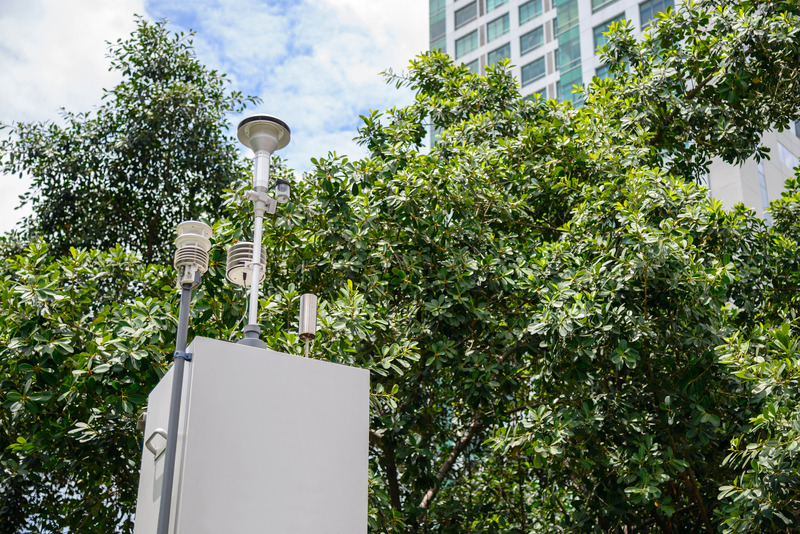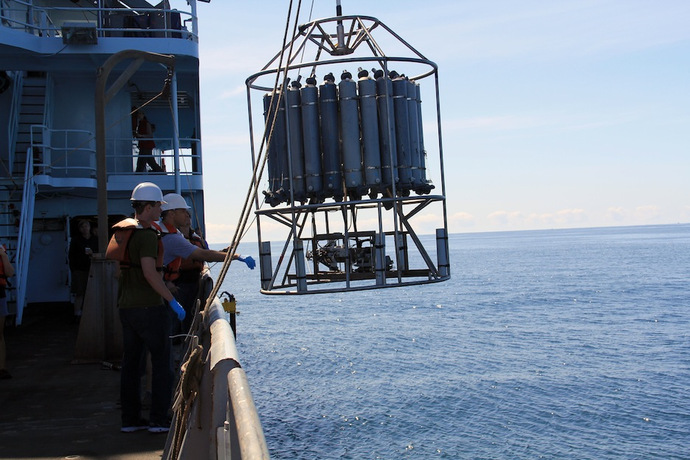Friction between the tyre and the road is needed for safe motoring. Our understanding of the resulting tyre and road wear particles continues to grow as a result of multiple research projects. In summary:
- The particles released are each an approximately 50/50 mix of tyre and road materials.
- The particles are mostly relatively large (with a median size between 80 and 100 micron, 10 times larger than PM10) and dense (estimated to be about 1.8 g/cm3);

- Nanoparticles are only released when the tyre surface temperature exceeds 160 °C, well above the temperature reached under normal driving conditions;
- As a result of their size and density, most tyre and road wear particles fall quickly fall out of the atmosphere. Only 1% by mass remain airborne;
- Unlike many microplastics, most tyre and road wear particles sink in water. Only a few percent of the materials released into the water environment reach the river mouth.
- The principal fates of tyre and road wear particles are: about 61% in the soil, 16% in freshwater sediments and 18% are captured in sustainable drainage systems and by other road management activities.
- Laboratory tests have shown that tyre and road wear particles in freshwater sediments pose a low risk of toxicity to aquatic organisms under typical exposure conditions.
Along with other stakeholders, BTMA members are pursuing further research into the nature and dispersion of tyre and road wear particles and to identify mitigation opportunities. In addition, with the support of the tyre industry the United Nations has developed a representative, reliable and reproducible tyre abrasion resistance test method to enable future regulation and inform consumer choice.
Further information and reading can be found below:
- Further information about tyre and road wear particles
- Industry research into potential health and environmental impacts of tyre use
- Air Quality
- Reducing emissions of tyre and road wear particles
- Marine Microplastics
Research undertaken by Kings College London and others around the world has shown that less than 1% of fine particulate matter found in city centre ambient air sampling is due to tyre and road wear particles.
There are many sources of particulate matter in the atmosphere. Defra’s Clean Air Strategy identifies that around 15% of UK particulate matter comes from naturally occurring sources, a third from neighbouring countries and around half from UK human-made sources.
Defra indicates that of these UK human-made sources, 39% are due to the burning of biomass, 21% arise from industrial activity and 13% are due to road transport. So, considering all the particulate matter in the atmosphere, exhaust and non-exhaust emissions from road transport in the UK contribute together less than 7% of the total.
Further information and reading can be found below:
Research undertaken by Kings College London and others around the world has shown that less than 1% of fine particulate matter found in city centre ambient air sampling is due to tyre and road wear particles.
There are many sources of particulate matter in the atmosphere. Defra’s Clean Air Strategy identifies that around 15% of UK particulate matter comes from naturally occurring sources, up to a third from neighbouring countries and around half from UK human-made sources.
Defra indicates that of these UK human-made sources, 38% are due to the domestic burning of fossil fuels and wood, 16% arise from industrial combustion and 12% are due to road transport. So, considering all the particulate matter in the atmosphere, exhaust and non-exhaust emissions from road transport in the UK contribute together about 6% of the total.
Further information and reading can be found below:

Along with other stakeholders, BTMA members are pursuing further research into the nature and dispersion of tyre and road wear particles and to identify mitigation opportunities.
The generation of tyre and road wear particles is a physical consequence of the tyre’s grip on the road as the vehicle moves. Multiple factors influence tyre abrasion, the most influential of which are road layout and driving style. These two each have approximately three times the influence on tyre wear as the design of the tyre and the nature of the road surface. Correct tyre inflation and wheel alignment complete the list of principal influencing factors.
The UK is handicapped by a labyrinthine road network and an abundance of roundabouts. These are structural issues about which little can be done. The issue of driving style is gaining prominence, in particular in relation to electric vehicles, which offer high levels of instantaneous acceleration, contributing to increased tyre wear.
Tyre design must achieve a fine balance between multiple performance criteria, some of which are antagonistic. For example, safety would be compromised if grip were to be sacrificed in favour of abrasion resistance. However, the tyre industry is committed to pursuing a harmonised standard test method for tyre abrasion resistance to inform consumer choice and enable possible future regulation.
Road surfaces vary widely in their contribution to the generation and capture of tyre and road wear particles. More research is needed to better understand the underlying processes and identify the most promising solutions.
Recent peer-reviewed research indicates that only a few percent of tyre and road wear material reaches the estuary via water courses and discharges. The research highlights the capacity of sediment in rivers and watercourses to capture tyre and road wear particles. To date, marine sampling studies have not reported the presence of tyre and road wear particles in the oceans.
It is widely recognised by the scientific community that the mixing of fresh and salt water at the river-mouth causes accelerated precipitation of suspended matter, reducing the release of particles from the estuary into the oceans. Further research is in hand to better understand the presence and fate of tyre and road wear particles in the aquatic environment.
These and other issues are explored in the scientific report of the European round table on tyre and road wear particles.

